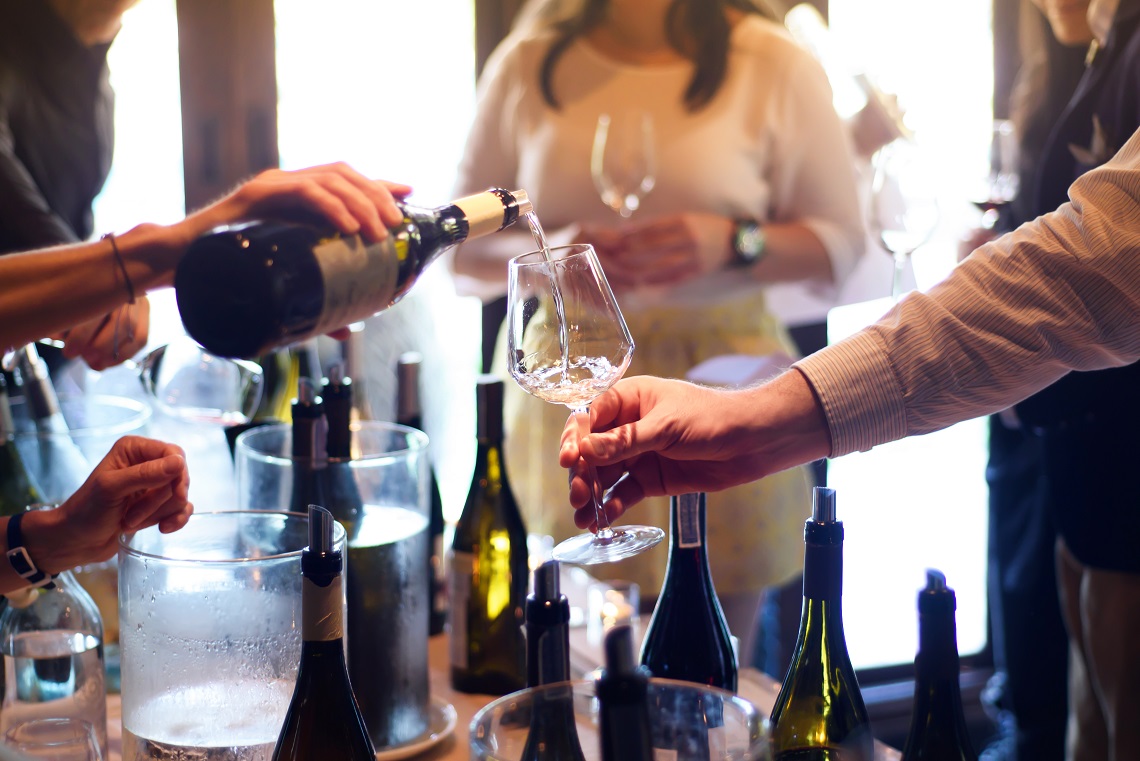In the United States, like in Australia, the on-premise industry has been hard hit by restrictions brought about in response to the COVID-19 pandemic.
According to the latest Rabobank Wine Quarterly report, this shattered the on-premise market for wine sales in Australia’s second largest export market by volume, meaning lower total sales of both local and international wines.
The Q2 report, titled ‘COVID-19 and the US premium wine market Part 1,’ estimates that over March and April this year, there was US$47 billion year-on-year reduction in total sales across the on-premise food and drink industry in the US, after restrictions were implemented. It also says that these sales are not likely to return to 2019 levels until after 2021, meaning those selling into the US market need new avenues of engagement with consumers, including Australian wine producers.
Rabobank senior wine analyst Hayden Higgins said sales in US on-premise establishments in the first quarter of the year were down an estimated 22 per cent, by US$68 billion. Although the on-premise wine market was comparatively small in volume in the US, it’s important for producers in terms of accessibility and margins.
“The on-premise channel typically accounts for less than 20 per cent of annual wine sales in the United States, but it’s extremely important, particularly for small, premium wine brands which sell a greater proportion of their product into restaurants and bars,” Higgins said.
Australian wine export figures show that the premiumisation trend is one that benefits Australian producers. While exports to the US for the year ended March 2020 were down 11 per cent by volume, they were only two per cent lower by FOB value. Plus, Wine Australia reported that the average price per litre rose to the highest levels since August 2009.
This, combined with the predicted long recovery of the on-premise industry in the US, means COVID-19 causes a significant issue for Australian wine in the country.

“Between government enforcement of social distancing measures, consumer reluctance to return on premise due to fears of contagion, and reduced business and tourism travel, many bars and restaurants may be forced to permanently shut their doors unless a vaccine is made available sooner than most experts expect,” Higgins said.
“Given these, and other, challenges, it’s anticipated the US foodservice industry will likely not return to 2019 levels until after 2021, and that the recovery would be led by limited-service restaurants and take-out/delivery, where there is less consumption of premium wines.”
This will be particularly challenging for smaller wine producers, especially because of the US alcoholic beverage market’s three-tier system.
As Higgins said: “The US alcoholic beverage market operates under a three-tier system made up of manufacturers in the first tier, a second tier comprised of importers, distributors or wholesalers who purchase the product from the manufacturer, and a third tier of retailers.
“Under this system, producers are unable to sell directly to US consumers. It’s therefore essential brands work closely with their US distributors – who are in regular dialogue with retailers – so they can better understand changes in the way US consumers are purchasing wine.”
Higgins also said that Australian wine brands should consider this for the short-term, but also when planning for the future, as the COVID-19 pandemic is likely to change the way US consumers purchase and engage with wine. Top of the list for success is having a strong digital strategy.
“While the on-premise sales are currently facing monumental challenges, the growth in e-commerce has been well-documented, and will provide an important opportunity for wineries seeking alternative growth strategies – both in the US, Australia and other markets,” Higgins said.
“We’re already seeing this process well underway in Australia, as wineries try to offset the decline in tasting room sales with e-commerce. Beverage companies are finding new, innovative ways to connect with consumers wherever they are, in a digital environment and to help drive sales across channels.”
Considering how distribution partners are preparing for these shopping changes as a result of COVID-19 should be key for Australian producers and exporters, a thought that’s also relevant for other international markets.
“These questions include how they think about e-commerce within the organisation, whether they should buy or build an e-commerce team and where it should sit within the organisation,” Higgins said.

